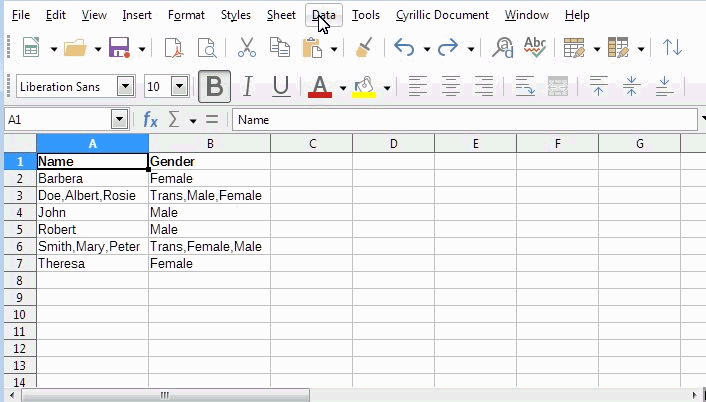My data in multiple rows, columns in a table :
S.no Name Gender
1 Robert Male
2 Theresa FeMale
3 John Male
4 Doe,Albert,Rosie Trans,Male,FeMale
5 Barbera FeMale
6 Smith,Mary,Peter Trans,FeMale,Male
How i want to display with search filtering, based on delimiter and Search value:
S.no Name Gender
1 Robert Male
3 John Male
4 Doe,Albert,Rosie Trans,Male,FeMale
6 Smith,Mary,Peter Trans,FeMale,Male
I want to select gender values based on Male, in which some values in cell are having multiple values.
Please tell how i can achieve this…?
Note :
With standard filter, items with text containing other strings like “FeMale” when we are searching with value of “Male” are shown.
Please provide a way with delimiter “,” or any other custom delimiter.
Thank you.
Thanks.

